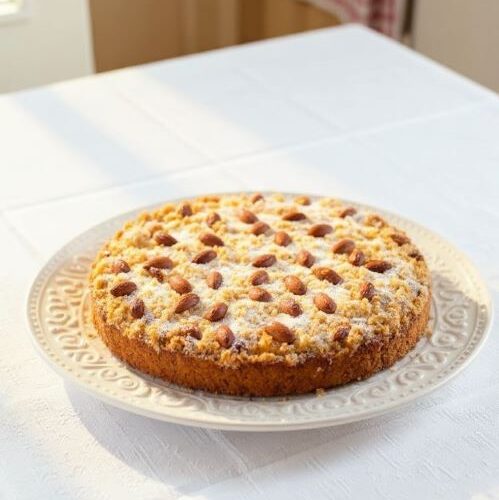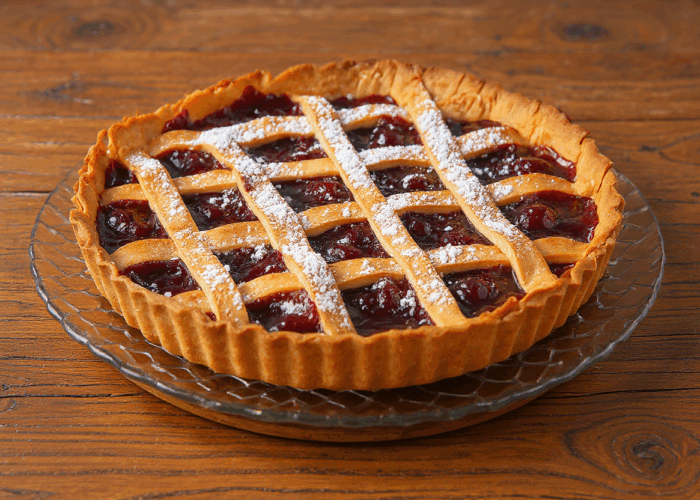Take a Delicious Journey Through Classic Italian Desserts Recipes and Global Favorites
Get ready to dive into an absolutely delicious world of Italian desserts recipes. Honestly, it feels like a sweet adventure just waiting for you! Picture this: those silky layers of Tiramisu, soaked in coffee, or those crispy, golden Cannoli shells bursting with that creamy, sweet ricotta filling.
Seriously, every recipe here is a nod to Italy’s cherished regional flavors, and we’ve even tossed in some global favorites just for fun.
Feeling like something smooth and creamy? You really can’t go wrong with Panna Cotta. It’s light, a bit fancy, and so delicate that it practically melts in your mouth—yummy, right? Or maybe you’re craving something with a little more oomph? You’ll totally love those treats layered with rich espresso, fluffy whipped mascarpone, or that zesty citrus that just dances on your taste buds.
Whether you’re revisiting those classic Italian sweets or trying these delightful desserts for the first time, our easy, step-by-step guides are here to help you whip up a slice of Italy right in your own kitchen. So, what are you waiting for? Let’s get baking!
Sbrisolona: Italy’s Best Crumbly Almond Cake Crunchy, rustic, and proudly simple, Sbrisolona isn’t just a cake. It’s a bite of northern Italy’s culinary story. This golden, almond-packed treat comes from Mantua (Mantova), a Renaissance gem in Lombardy. Locals have loved it for generations and for good reason. The name Sbrisolona comes from sbriciolare, meaning to crumble. And crumble it does….
Read More
Italian Sweet Shortcrust Pastry Recipe (Pasta Frolla) Ah, Pasta Frolla just saying the name feels like opening a kitchen door somewhere in Italy, doesn’t it? The smell of butter, sugar, and something magical baking in the oven. It’s tender, buttery, and just sweet enough, the kind of pastry that wraps you up in a bit of nostalgia, even if you’ve…
Read More
The Sweet Origins of Tartufo Tartufo, the decadent Italian ice cream truffle, has its roots in the picturesque seaside town of Pizzo, nestled in the heart of Calabria, Southern Italy. Its origin story isn’t just about a dessert, it’s a tale of creativity, spontaneity, and a touch of culinary magic. The story begins in the 1950s, during a wedding celebration…
Read More
Ravioli Dolce: Italy’s Sweet Secret in a Pasta Pocket At first bite, ravioli dolce might surprise you—sugary filling wrapped in what looks like pasta? But this centuries-old Italian treat has long blurred the line between savory and sweet, tradition and invention. These sweet raviolis aren’t your average dinner fare. They were born in festive kitchens, places buzzing with life during…
Read More
The Italian Affogato: Where Gelato Meets Espresso Magic There’s something beautifully simple almost poetic about the affogato. At its heart, it’s just two ingredients: cold, creamy vanilla gelato and a shot of hot, strong espresso. But when they come together, something magical happens. The name affogato means “drowned” in Italian, which perfectly captures the moment that steaming coffee melts into…
Read More
Authentic Italian Almond Cake (Torta di Mandorle) Almonds have deep roots in Italian cuisine especially in the sun-drenched southern regions like Sicily, Puglia, and Calabria, where almond trees have thrived for centuries. In Sicily in particular, almonds are more than just an ingredient, they’re a tradition, woven into the island’s culinary fabric thanks in large part to Arab influence during…
Read More
Sicilian Cassatelle with Ricotta (Sweet Ravioli) If you’re a fan of Italian desserts like cannoli or cassata, there’s another hidden gem from Sicily you need to try: Cassatelle. These delightful, sweet pastries, stuffed with creamy ricotta and fried to golden perfection, are a beloved tradition in western Sicily, especially in the province of Trapani. Originating in Trapani, western Sicily, cassatelle…
Read More
Crostata: The Heart of the Italian Dessert Table You know, if there’s one dessert that really feels like home in an Italian kitchen, it’s got to be crostata. This rustic tart, with its golden, buttery crust and those gorgeous jewel-toned fillings, is just so comforting. Honestly, it’s like a warm hug from the past. At its heart is pasta frolla…
Read More
What is the Hard Ball Stage? If you’ve ever tried making torrone (or any homemade candy), you’ve probably come across the term “hard ball stage.” It might sound a little technical and honestly, a bit mysterious but don’t worry. It’s actually pretty simple once you understand what’s going on. The hard ball stage is one of several key points in…
Read More
Traditional Italian Chocolate Torrone The roots of torrone date back to ancient Rome and even earlier Middle Eastern sweets. However, the modern Italian torrone is believed to have been introduced in Cremona, Lombardy, during a lavish 1441 wedding between Bianca Maria Visconti and Francesco Sforza. This traditional nougat quickly became a symbol of Italian celebration and craftsmanship. Chocolate was introduced…
Read More












